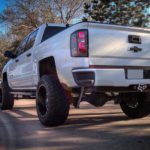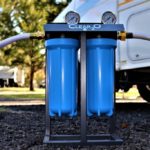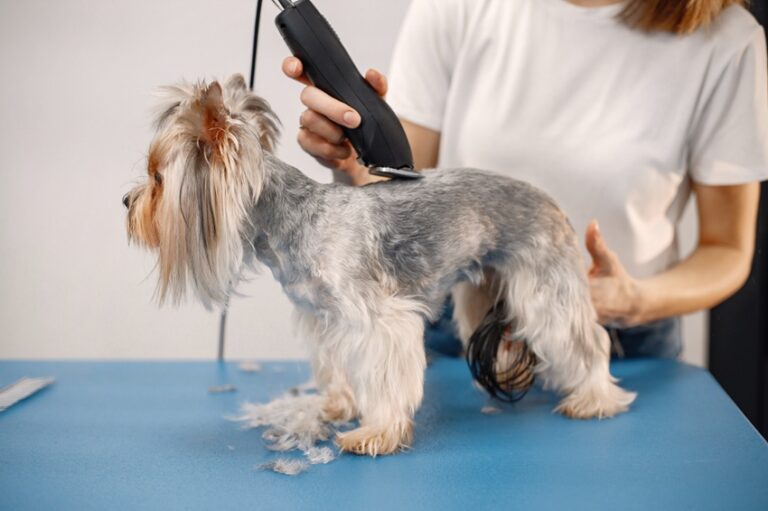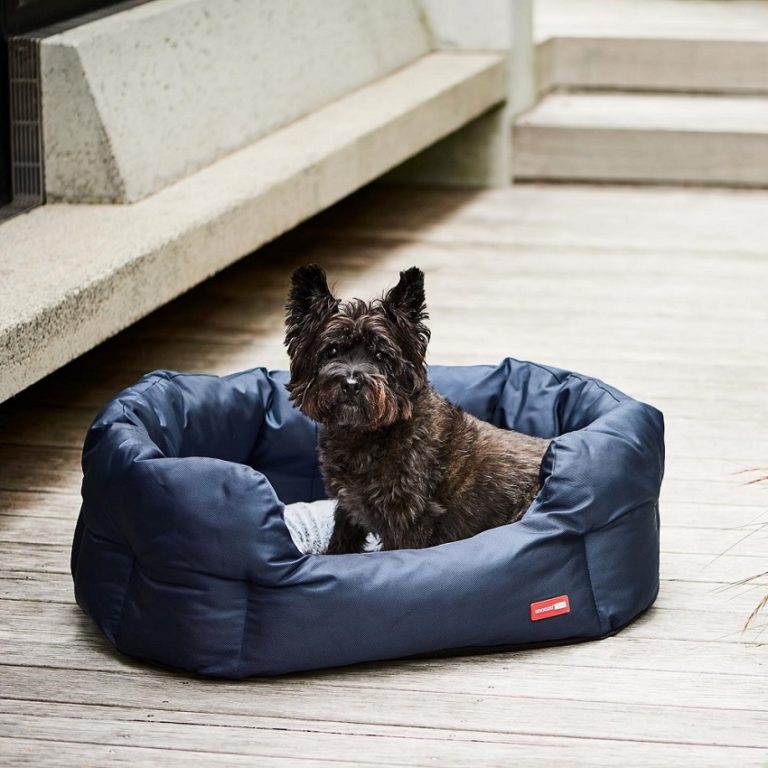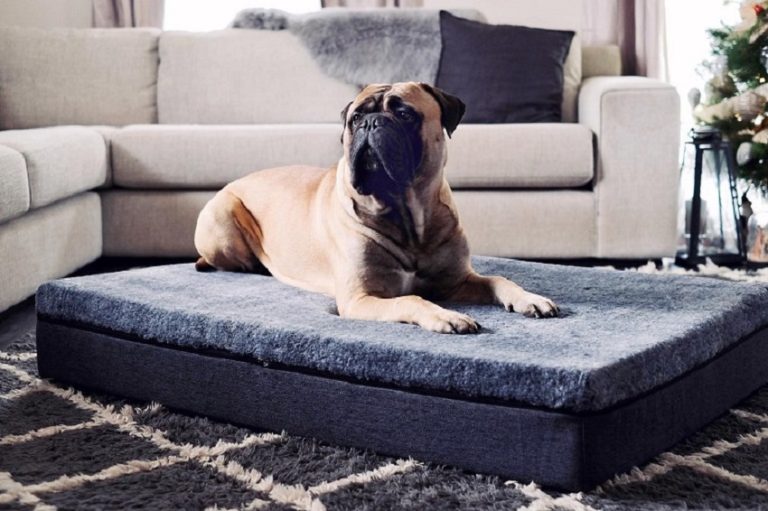Pet owners need to transport their furry friends quite often, whether they bring them along for a family trip, take them out for an occasional ride, or a visit to the vet. Most dogs just love car rides and enjoy feeling the wind and looking around. Some get too fidgety and want to move around or try to climb into your lap.
This is a distraction for the driver and a potential danger for everyone in the vehicle. Keeping everyone safe on the road is imperative, so securing your pet should be a priority. Depending on the size, weight, and temperament of your pup, you can find different types of carriers, harnesses, and booster seats that are convenient to use when you are on the road.
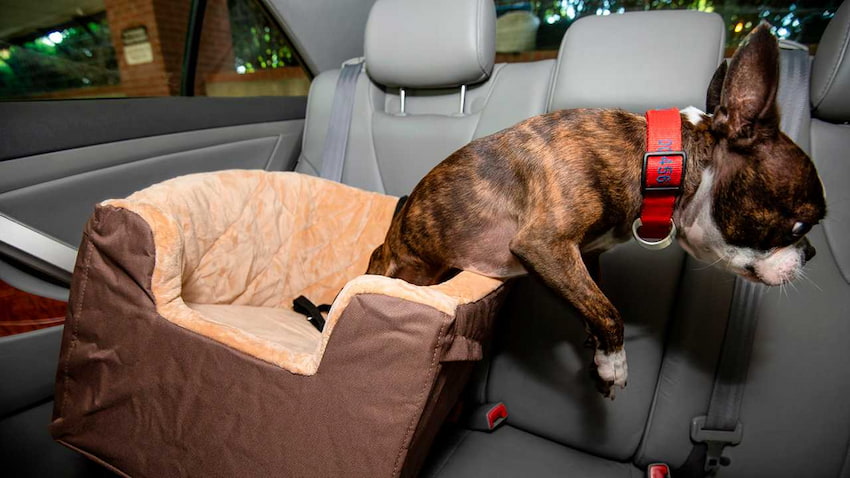
Are Booster Seats Good for Dogs?
Strapping your pets in special car safety seats for dogs is a way to keep them secured in the vehicle. Aside from minimising distractions, they protect them in the event of an accident, or when you have to hit the brakes suddenly. Just as humans have to wear seat belts in case of an accident, canines also need to be strapped into any kind of crash-tested restraint system.
The open-air car seats, or roomy and comfy booster seats for dogs as they’re more commonly known, can be held down by the seat belt or attached to the central console. These bucket-shaped seats keep your pet comfortable and contained, while still giving him the opportunity to see everything he wants to see out of the window and remain calm and content.
Choosing the Right Seat
When you are buying a travel dog seat keep in mind the size and weight of your pouch. Booster seats are suitable for small to medium-sized dogs and can usually hold up to 13 kg. This means that if your dog is a larger breed, you should look for other types of restraints such as harnesses.
Since the booster types are intended for smaller pups, they often add several inches of height beneath and are designed more like a hammock that you can strap over the top of a car’s back seat. They can either float above the seat or sit directly on the back seat with cushioning inside to create a higher elevation. The latter option is safer, especially for longer rides.
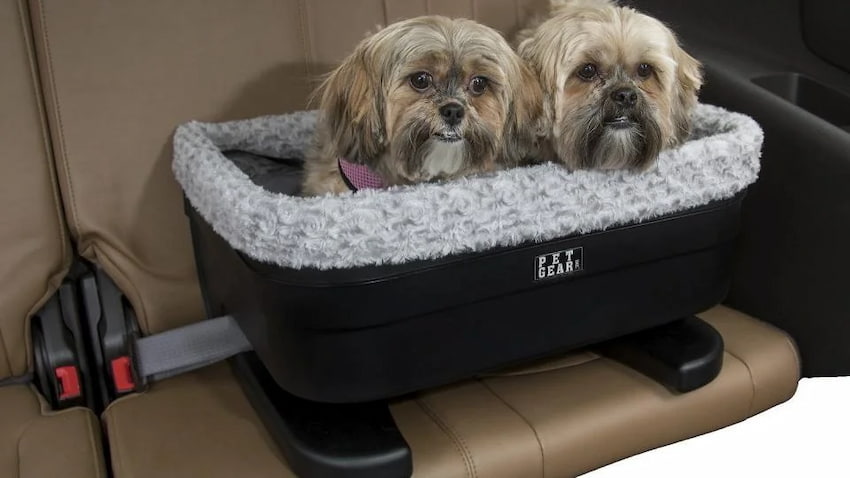
Features to Look For
When you are investing in a travel dog car seat you are investing in safety first. This means you should look for crash-tested products with high quality features such as:
Safety
Certain models have internal metal supports for structural integrity and an integrated tether that can be attached to your dog’s harness and used with your car’s seat belt. This provides security and ensures that the seat doesn’t lose its shape and function over time. Good quality belts and buckles are also important for safe strapping.
Durable and Washable Materials
Pets can be rough on things, so it is a good idea to get seats made of more durable ripstop materials that can withstand a lot of wear and tear. Sturdy fabrics that won’t be easily ruined by those teeth like nylon and oxford are a good choice. A waterproof and stain-resistant exterior will save you a lot of trouble and reduce the frequency of washing, but since stains and drools are inevitable look for removable pads and liners that can be washed in machines.
Comfort
These days, booster seats for dogs not only keep your pups safe on long trips but also provide optimal support and comfort. Feeling safe and secure they will nestle into the plush cushions and most likely doze off. The fleece interior lining is cozy and provides extra protection in case of sudden stops.
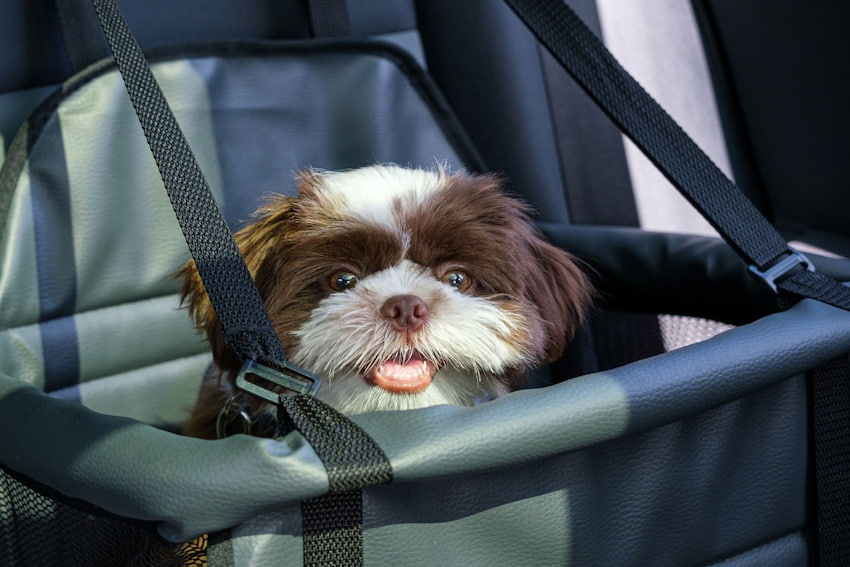
Ease of Installation
Collapsible frames and adjustable straps that fit both the front and backseat of any vehicle size will make the process of installing the safety seat easier and quicker. Dogs get very excited when it’s time to ride and this can make strapping them quite an endeavour, so the faster and easier it is to do the job, the sooner you will hit the road with your furry friend.
Do a Test Run Prior to Longer Trips
If your dog is using a safety seat for the first time, it might need some time to get used to it. Before setting off on a longer journey, do a test run. Place your dog in the seat and do all the straps and buckles. This will allow you to notice if you need to make some adjustments. Once your pouch is all settled in go for a short drive and give him a chance to inspect what the new gadget is and how it works, so once you start your trip they will already be familiar with it.
Things to Avoid
Your pets should not travel in the front seat of your vehicle, so unless it is unavoidable, always put them in the back seat. Stay away from seats with exposed hard plastic bases as they easily brake and create sharp shards.
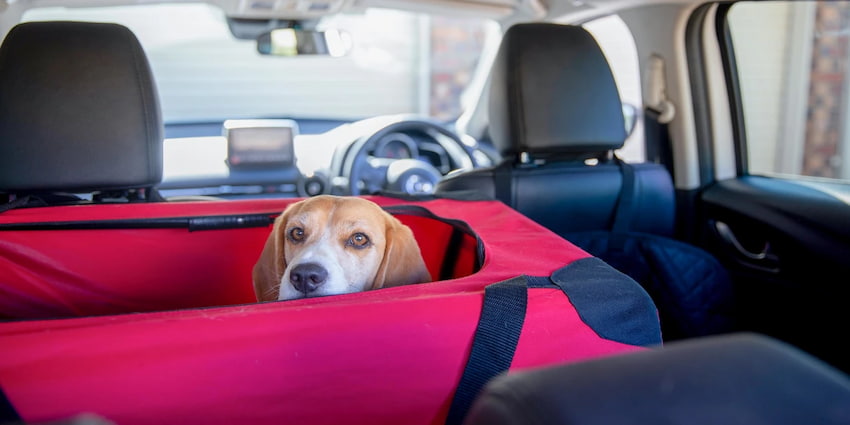
To connect your pet to your vehicle seat belt system, always use an approved crash protection harness and not your dog’s walking harness or collar as they can act as a slingshot in case there’s a crash, which is inherently even more dangerous than if the dog wasn’t restrained at all. Follow the user manual and do not attempt to manipulate or affix the seat in ways not specified in the directions.
Final Thoughts
Travelling with a small dog can be a fun, safe, and enjoyable experience. By giving your dog a better view of his surroundings, he may stay calmer and be less likely to experience motion sickness. Having your pup stay in a confined area will reduce driving distractions and better protect it if you have to stop quickly. Plus, he’ll stay put until you’re ready for both of you to get out. Enjoy the ride!



